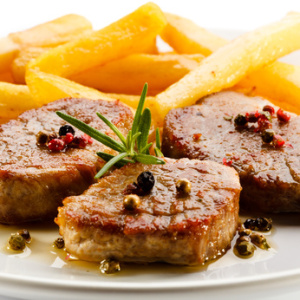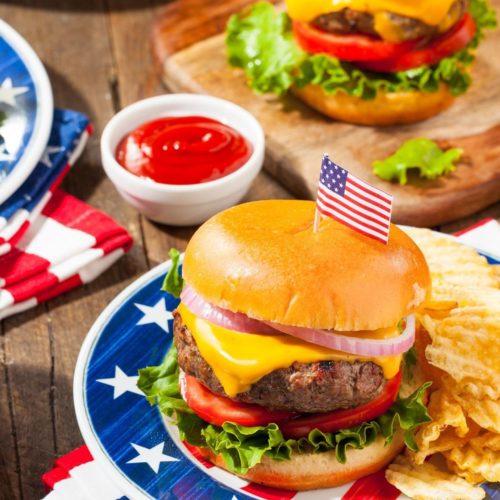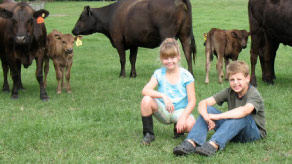
For those of you who are on a quest for responsibly raised, incredible tasting & healthier meats…
fortunately, you have come to the right family farm. While our heritage breed Berkshire (from England) & Mangalitsa (from Austria & Hungary) pork naturally has more fat, that flavorful goodness has much higher levels of heart healthy Omega 3 Fatty Acids than commercially raised & factory farmed pork.
Once you have one of our chops or roasts that are so beautifully marbled, reddish in color and full of juiciness, you must remember that there is bit of a “learning curve” in how to cook them properly. The inherent fat will turn out to your best friend in the kitchen. It allows you to get a super crusty sear on your chop or a “fall apart” tender morsel when braising, without ever having to worry about the meat drying out. That is the problem you find with the “other white meat” languishing in the meat case at your local supermarket.
Cooking School Part 1 – Brining :
- Why should I brine? …brining your chops (and poultry) helps keep them moist, tender and seasoned throughout. The small amount of sugar included in the brine helps in creation of a dark, caramelized crust. Salt in solution penetrates meat faster than dry rubbing, thus magnifying its power. It is the most effective marinade possible.
- How do I make a brine? …2 Cups Water, 1/2 Cup Kosher Salt, 1/4 Cup Sugar Bring to a boil and stir to dissolve, transfer to large bowl, add 5 Cups Ice. Chill. You can add in any number of optional seasonings; Garlic, Peppercorns, Herbs (parsley, thyme, bay leaf), Sage, Juniper berries, Toasted Coriander seeds. If you are brining more that several chops, you can double the above recipe (or much much larger projects like Turkey use; 1 Gallon Water, 1 Cup Salt, 1/2 Cup Sugar.)
- How long do I brine? Approximate times: Chops – 2 hours, Pork Roasts 4-6# – 12 hours. Brining times are important, the smaller the items the less time. Always keep refrigerated during brining.
Brining Cautions:
- Chill brine thoroughly before adding meat.
- Saltiness of the meat is determined by how long the meat is in the brine. While only a small percentage of the salt enters the meat, err on the “not-too-salty” side by adhering to brining times.
- Always brine in the refrigerator.
- Always discard brine after using, never reuse.
- Allow meat to rest in refrigerator after brining, this allows the salt within the meat to disperse more evenly rather than merely on the surface. This rest also allows exterior to dry a bit, resulting in a crisper end product.
- How do I cook after brining? See our NEXT BLOG on “Pan Roasting” and filled with other cooking tips, along with some contest prizes coming soon that you won’t want to miss. Just think …Culinary School from Pasture Prime without leaving home (no student loans either).
If this whole exercise has got your taste buds excited: Come visit us at the Farmers’ Market @ the fabulous Brownwood Paddock Square in The Villages on Saturdays from 9-2. Order online for the best selection and have it ready to pick up at the market. SEE YOU SOON.







